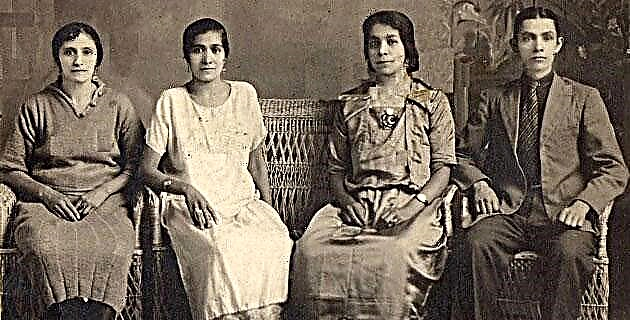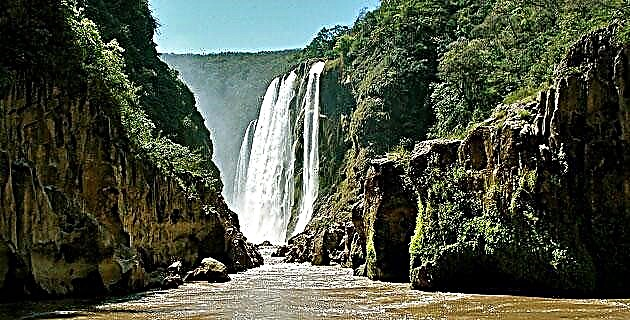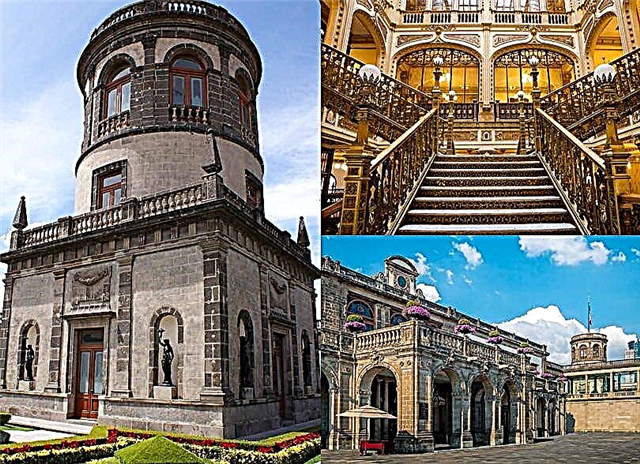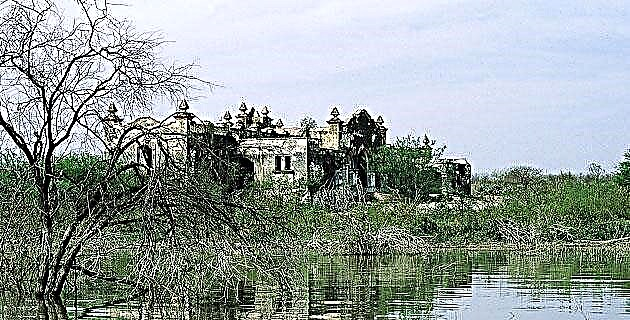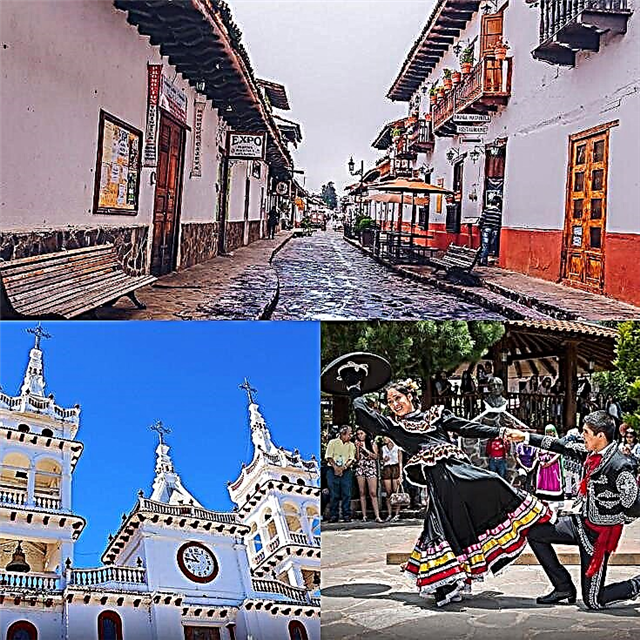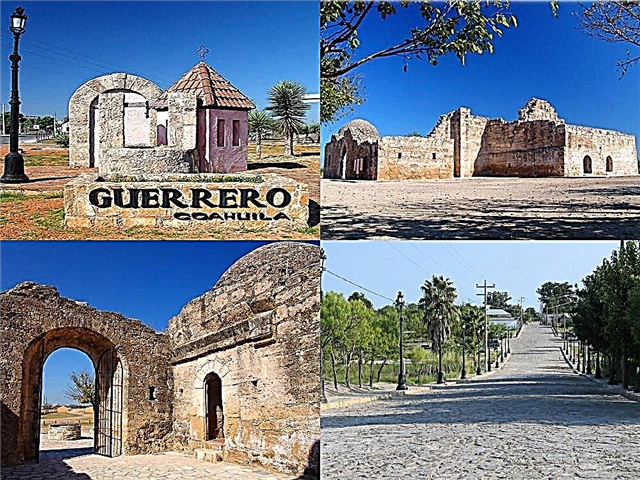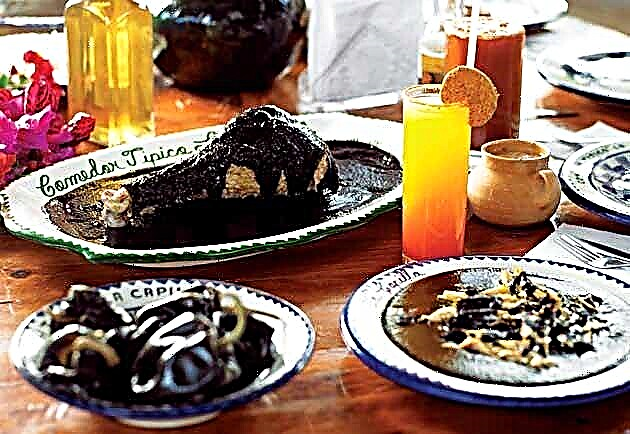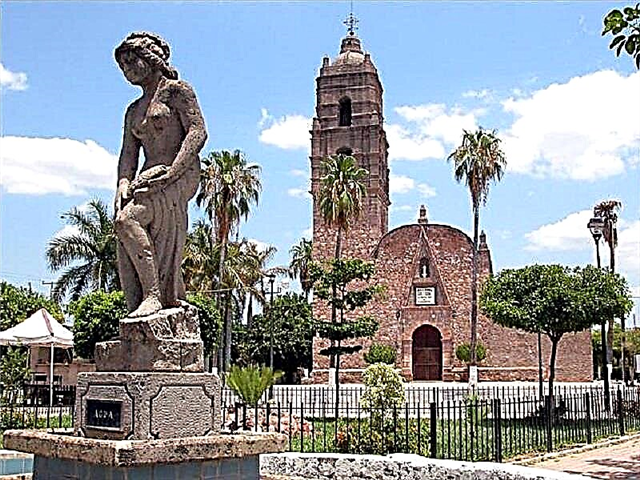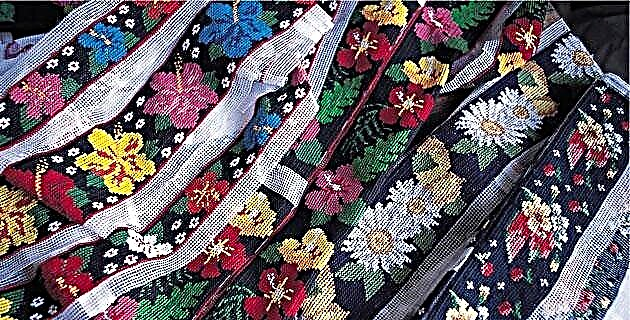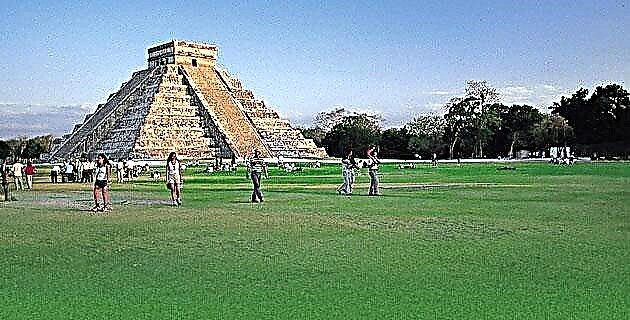
The Yucatecan universe is much more than the conventional image of that inverted triangle that crowns the peninsula, and it is there, between the heat and humidity of eternal summer, Mayan vestiges, mestizo customs and a large number of traditions.
The geographical regions in which the state is divided are the Coast, the Plain and the Sierrita. But to go around it, it is easier to orient yourself by taking Mérida as a "center" that will surely lead us through the most attractive points.
Very close to the state capital, a step away from the pre-Hispanic Acanceh, is Kanasín, where in addition to visiting the former San Antonio Tehuitz farm you can eat the best Yucatecan snacks. One hour from Mérida, the three cultures: pre-Hispanic, colonial and mestizo, come together in the beautiful city of Izamal.
In the north, bathed by the Gulf of Mexico, there are populations in which, even though they are not sea ports, the humidity of the tropics can be breathed, so along with strictly coastal settlements, such as Progreso and Celestún, there are also others such as Dzityá, where The best stone carving and wood turning craftsmanship in the state is produced.
Further west, less than an hour from Mérida, you arrive at Hunucmá, famous for its shoe industry, where you can see the austere San Francisco parish temple, dating from the 16th century. Sisal is an old port and coastal town, which was the main one on the peninsula in the 19th century. Its name derives from the old name of henequen. There it is worth visiting the old Castle, a stronghold from the colonial era, built as a defense against pirates.
With only one year younger than Mérida, Valladolid (founded in 1543 by Francisco de Montejo the nephew) becomes the second oldest city in the state. Called "the Sultana of the East" for its beauty, Valladolid is distinguished by the elegance of its temples and its urban layout.
Tizimín, patronymic that derives from the mayatsimin ("tapir"), is today one of the most prosperous and largest cities in the state; Without a doubt, the best time to visit is between January 5 and 8, when the patronal feast of the Holy Kings is celebrated with guilds, cattle fair and shows.
To the east of the state, near Tizimín, is Buctzotz, where the temple of San Isidro Labrador stands, which dates - like many - from the 16th century. The image of the Immaculate Conception that is venerated in this temple is of Guatemalan origin.
In the south of the state there is a small artisan center in which guayaberas, hipiles, blouses and embroidered dresses are made, among other garments; Its name is Muna and there emerges the only natural elevation of the Yucatecan plain: it is the Mul Nah, located two kilometers from the town, from which there is a magnificent panoramic view of the town of Muna and the Puuc mountain range. In this region there are also Ticul, a population of footwear and pottery famous throughout the peninsula, and Oxkutzcab (“place of the ramón, tobacco and honey”), founded by the Xiues Mayans and today converted into an important citrus-producing center of The best quality.
For all the above, it is not difficult to understand that with such a large number of populations, the wealth of the state in terms of places to visit and visit is also of great diversity, because in addition to archaeological ruins and pre-Hispanic cities, of Mérida, the most beautiful and The mestizo capital, the tourist and family ports and the natural beauties, it can be said with complete certainty that, kilometer by kilometer, innumerable towns that contain stories, flavors and legends of great prosapia and charm, worthy of knowing , to enjoy and to treasure.
Source: Unknown Mexico Guide No. 85 Yucatán / December 2002

